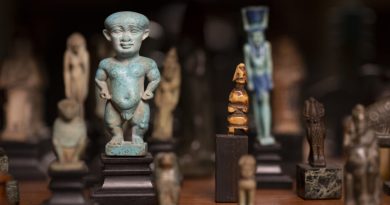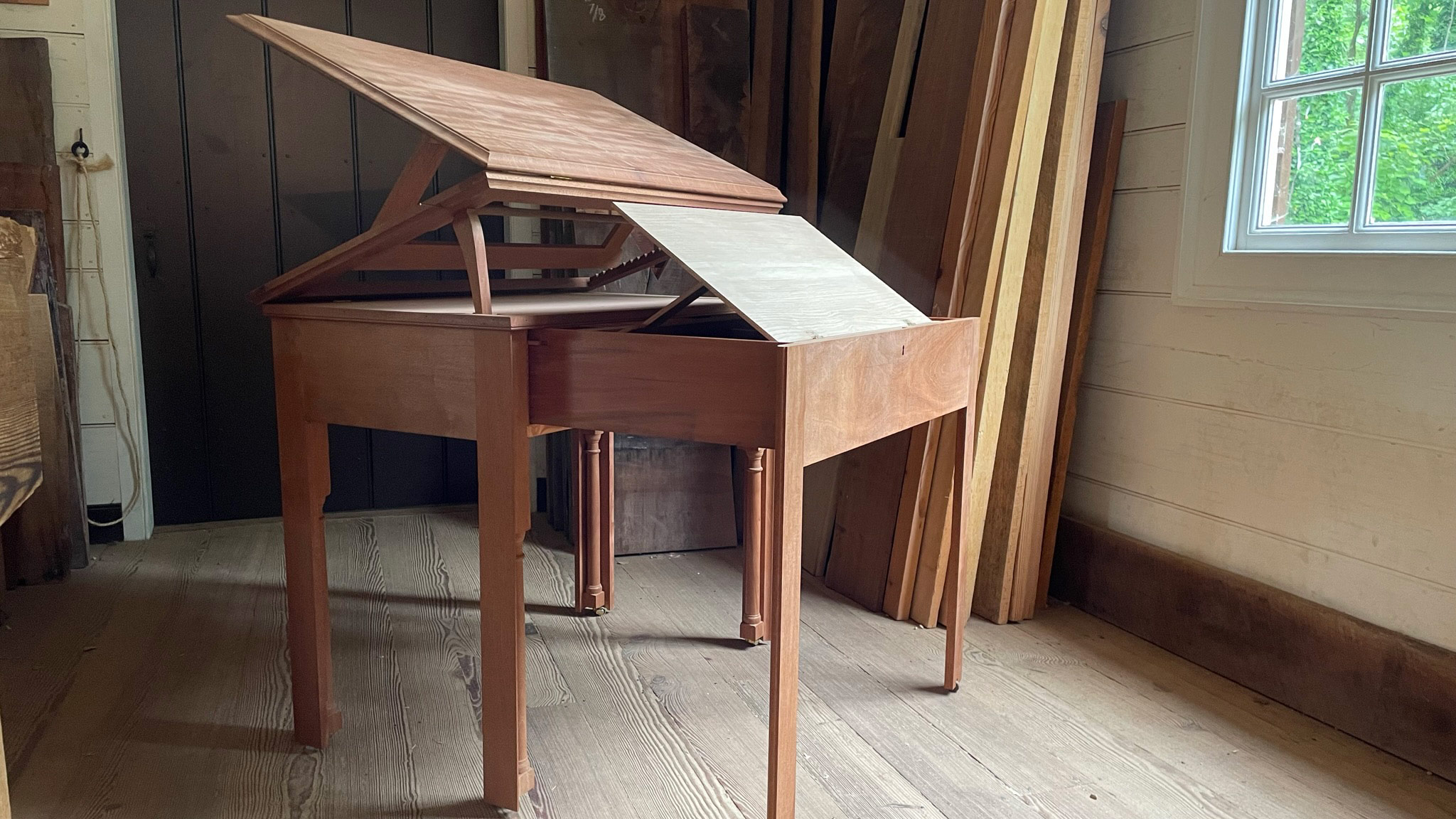African Dancing – The Characteristics of Kpanlogo
It all started with a spider. It started with a spider (Ananse) story:
There once was a powerful, rich king with three beautiful daughters, but no sons. The daughters were never allowed to leave the King’s palace, and their names – Kpanlogo, Alogodzan, and Nmaa Nmaa – were kept secret from the public.
As the King grew older, he became more concerned that he had no son to inherit his throne. The wise old king devised a plan to secure his throne. He devised a contest for all the men of his realm: the man who guessed the secret names of his three daughters would win their hands in marriage, and thereby inherit the throne.
Previously, a sneaky man had made his way into the palace. He sneaked his way around and through the palace until he came upon the three beautiful daughters playing. He began to flail and gyrate, acting like a madman, making the girls laugh at him.
Not too far away, their mother heard the uproar and wanted to know what all the commotion was. Mother called out to her eldest, “Kpanlogo?” Receiving no answer, she called out to her other daughters, “Alogodzan? Nmaa Nmaa?” With this, the man vanished, leaving the girls to explain to their mother what had just taken place.
The day of the contest all the single men of the kingdom gathered at the palace for their chance to win the King’s contest. One by one, they presented to the king, trying to guess the names of his beautiful daughters. One by one, they failed. Finally, it was the turn of the sneaky man. He had composed a song using the names of the daughters and he began to sing, “Kpanlogo Alogodzan nn Kpanlogo Nmaa oo Nmaa oo”.
The crowds and the Royal Family were truly amazed! However, none more so than the king, who demanded to know how Sneaky Man had learned the names of his precious daughters. Sneaky Man enthralled the throngs with his amazing tale of bravery and daring. The king was so impressed with Sneaky Man’s cleverness, that he gladly gave his daughter’s hands in marriage to our sneaky friend.
Like most Ananse stories, this tale was passed from generation to generation in West Africa, specifically the Accra region of Ghana, as both entertainment and an educational tool. After hearing the story told by his grandfather, during the 1960s, a young Ga man called Otoo (Otu) Lincoln was inspired to create a performance of this tale.
Developing new rhythms, now known as Kpanlogo, Lincoln incorporated aspects of traditional Ghanaian fisher-folk dances, known as “lolo”, as well as African “high-life” dances, with similar rhythms to those of Clave (a Cuban rhythmic pattern), and influences of American blues-man Bo Diddley. Intended as a recreational dance, Kpanlogo quickly caught on with West Africa’s younger population.
The Kpanlogo drum is also a favorite of the Ghanaian people. Similar in shape, but smaller in size than a Conga, the Kpanlogo drum produces a rich, deep, mellow sound. The drum stands about 24 inches tall and has a head of 10 to 12 inches in diameter.
The head is traditionally made with antelope skin, however, may be made of calf or goatskin, with calfskin producing the sound most similar to antelope. Being a peg-type drum, it is tuned by tapping the pegs into the drum body. The drum is played strictly with the hands.
The Kpanlogo orchestra consists of two Kpanlogo drums (male and female), iron double bells, shekeres, or gourd rattles. One or more square wooden drums (Tamali), the Gyil (xylophone), bamboo flute, hand clapping and whistles may all be incorporated to produce this lively dance sound.
In the Ga language, Kpan means dance, and longo means turning, so Kpanlogo means turning dance. The dance features wildly swinging arms, gyrating torsos, and fancy footwork. Performed equally by men and women, “lolo” aspects, such as the arm movements of pulling in heavily loaded fishing nets, can be readily seen in the dance’s structure, as can hints of rock and roll dancing. Comedic movements, rapid turning, foot stamping, facial expression, and flirtatiousness all play their part in completing the form.
The sexual overtones implied in the performance served to have the dance temporarily banned by the government in the mid-1960s. Officials ordered a demonstration of the dance to consider for themselves the ultimate determination of the dance’s appropriateness.
Cleverly, those engaged in this special performance ever so slightly altered their steps and movements. After this consideration, authorities determined Kpanlogo an appropriate social dance and lifted the ban. From this point on, kpanlogo became the favorite social and celebratory dance of the Ghanaian people, now performed by young and old alike.




